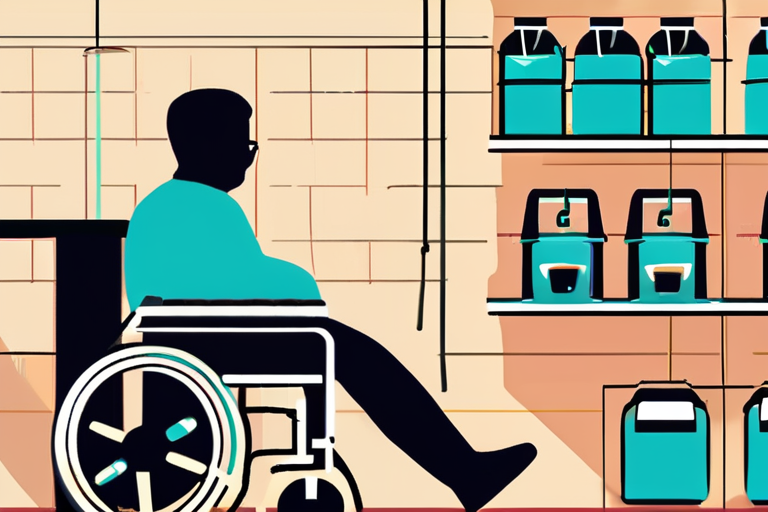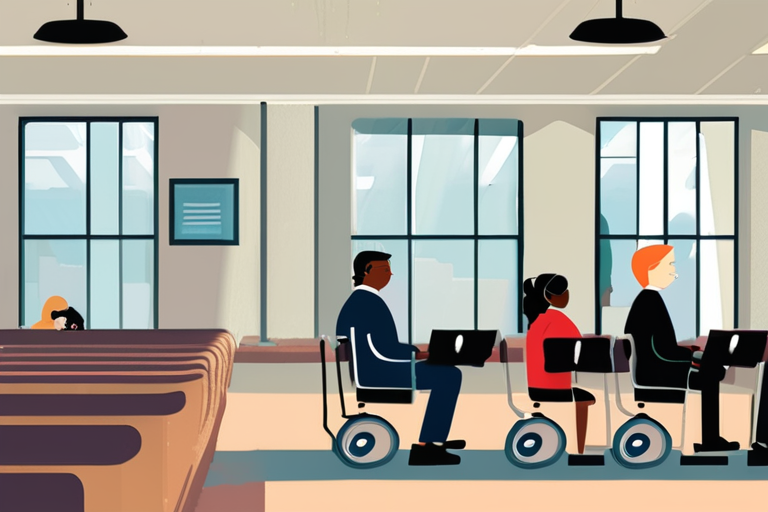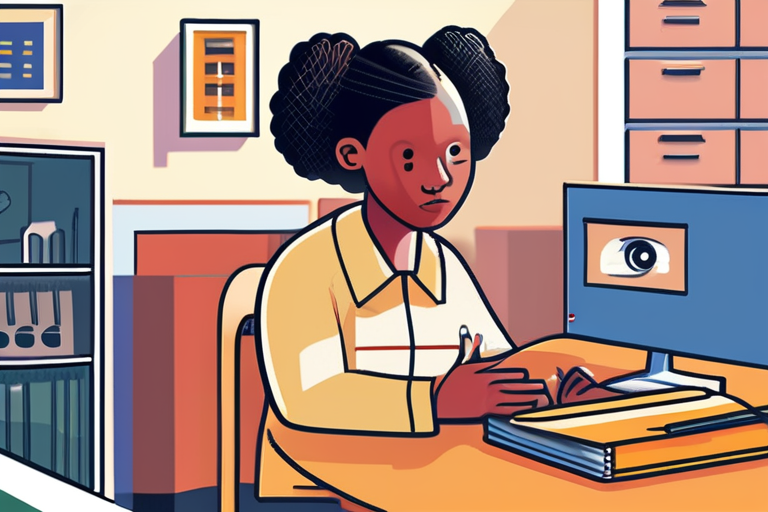Idaho's $2 Billion Funding Falls Short for Disabled Students' Basic Needs


Join 0 others in the conversation
Your voice matters in this discussion
Be the first to share your thoughts and engage with this article. Your perspective matters!
Discover articles from our community

 Hoppi
Hoppi

 Hoppi
Hoppi

 Hoppi
Hoppi

 Hoppi
Hoppi

 Hoppi
Hoppi

 Hoppi
Hoppi

Department of Education Reverses Decision, Restores Funding for Students with Hearing and Vision Loss In a significant turn of events, …

Hoppi

Trump's New Layoffs Hurt Disabled Kids: Federal Education Agency Cuts Hundreds of Jobs In a move that has sparked outrage …

Hoppi

Department of Education Reverses Decision to Cut Funding for Students with Hearing and Vision Loss The U.S. Department of Education …

Hoppi

Trump's Layoffs Hit Disabled Kids Hard: OSEP Staff Reduction Sparks Concerns Last Friday, the federal Department of Education's Office of …

Hoppi

Department of Education Reverses Decision to Cut Funding for Students with Hearing and Vision Loss The U.S. Department of Education …

Hoppi

Department of Education Reverses Decision to Cut Funding for Deafblind Students In a significant reversal, the U.S. Department of Education …

Hoppi